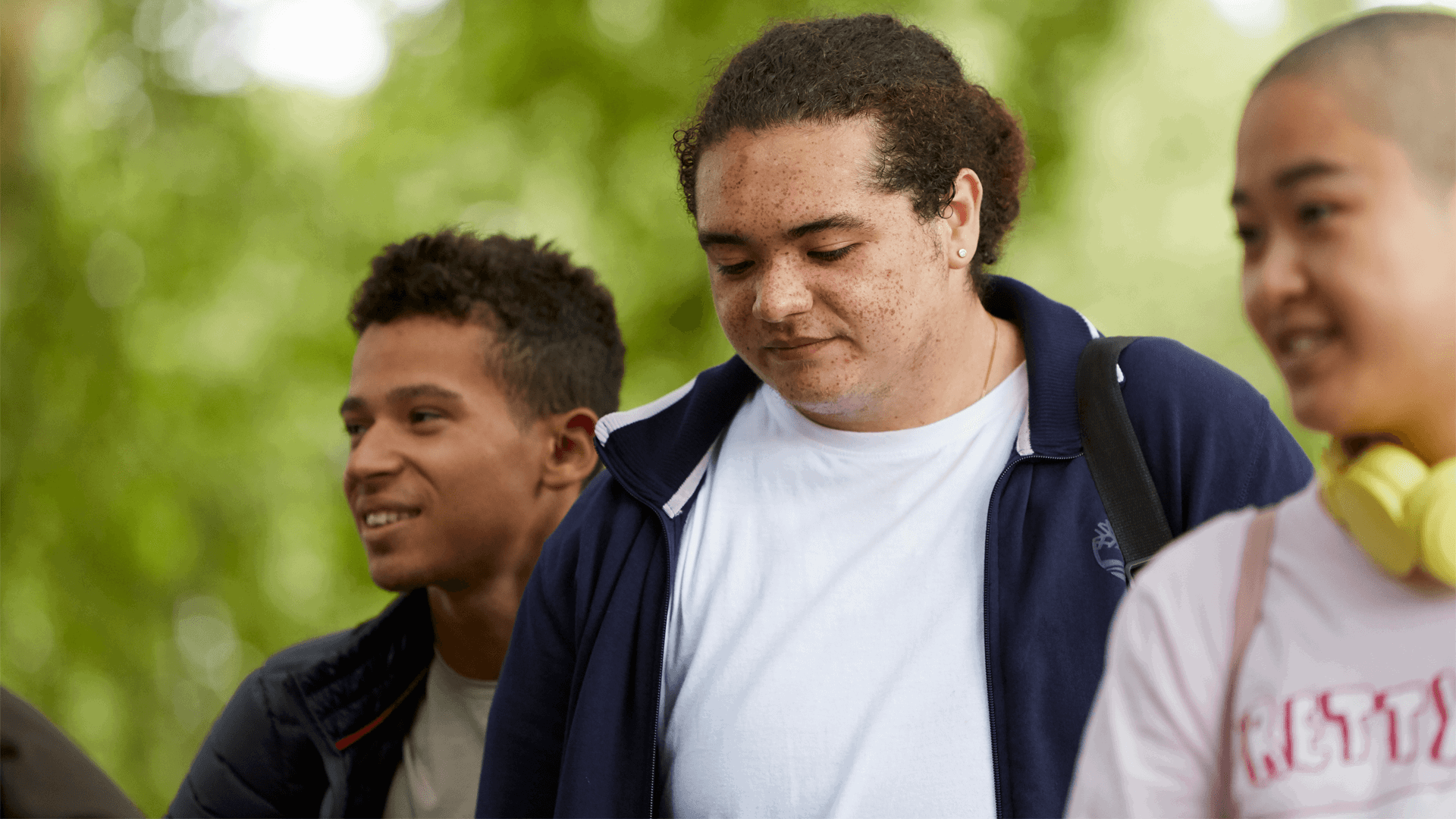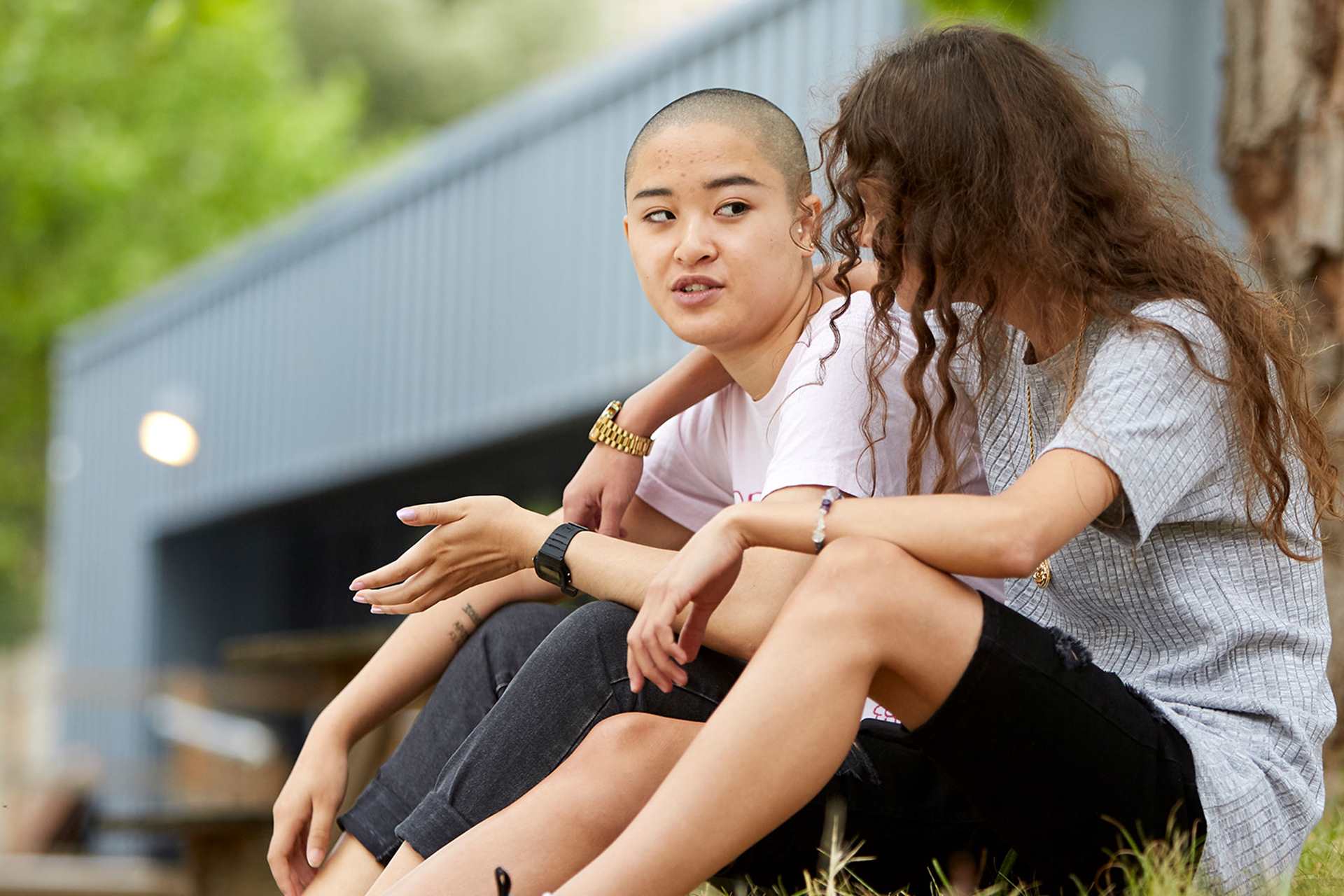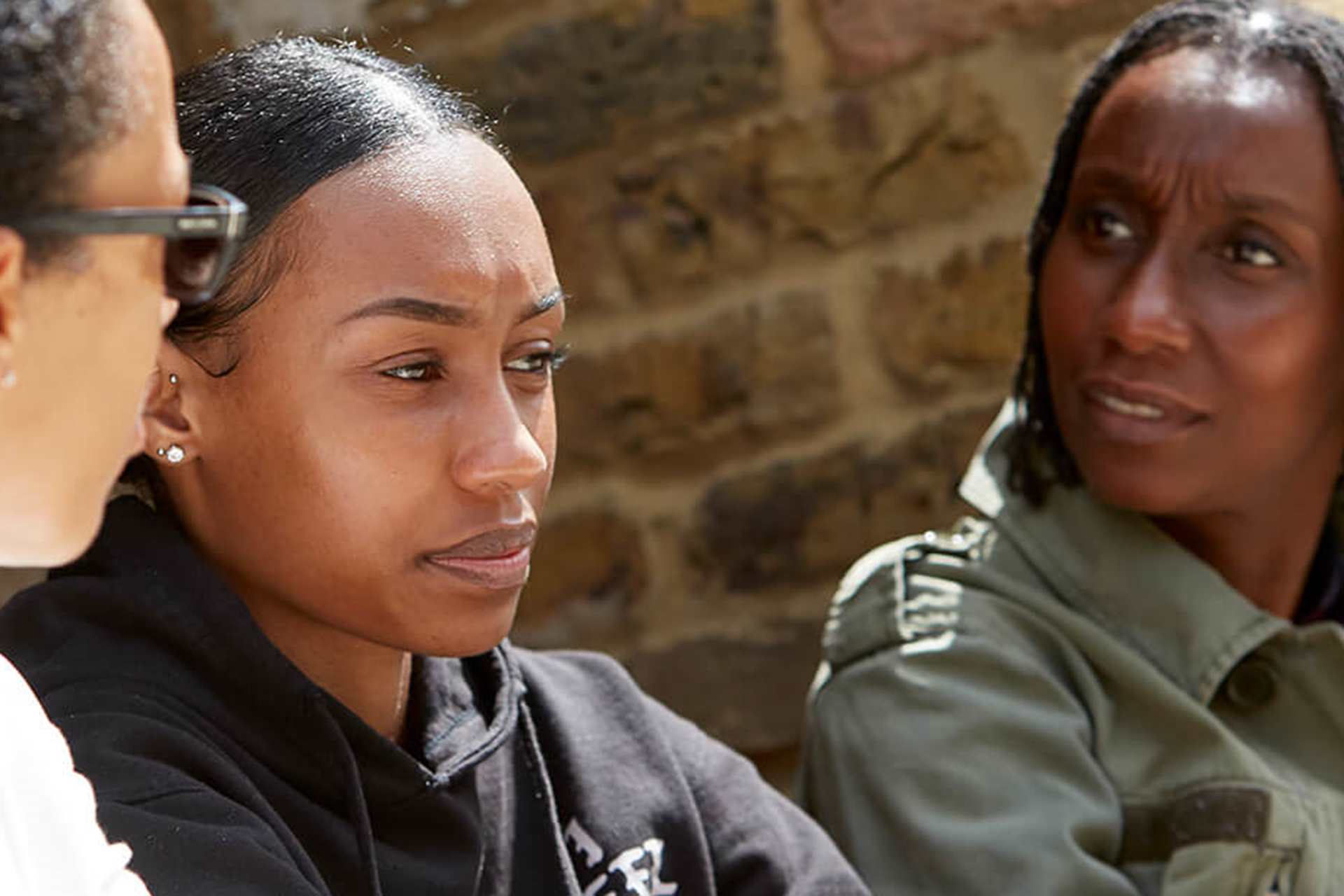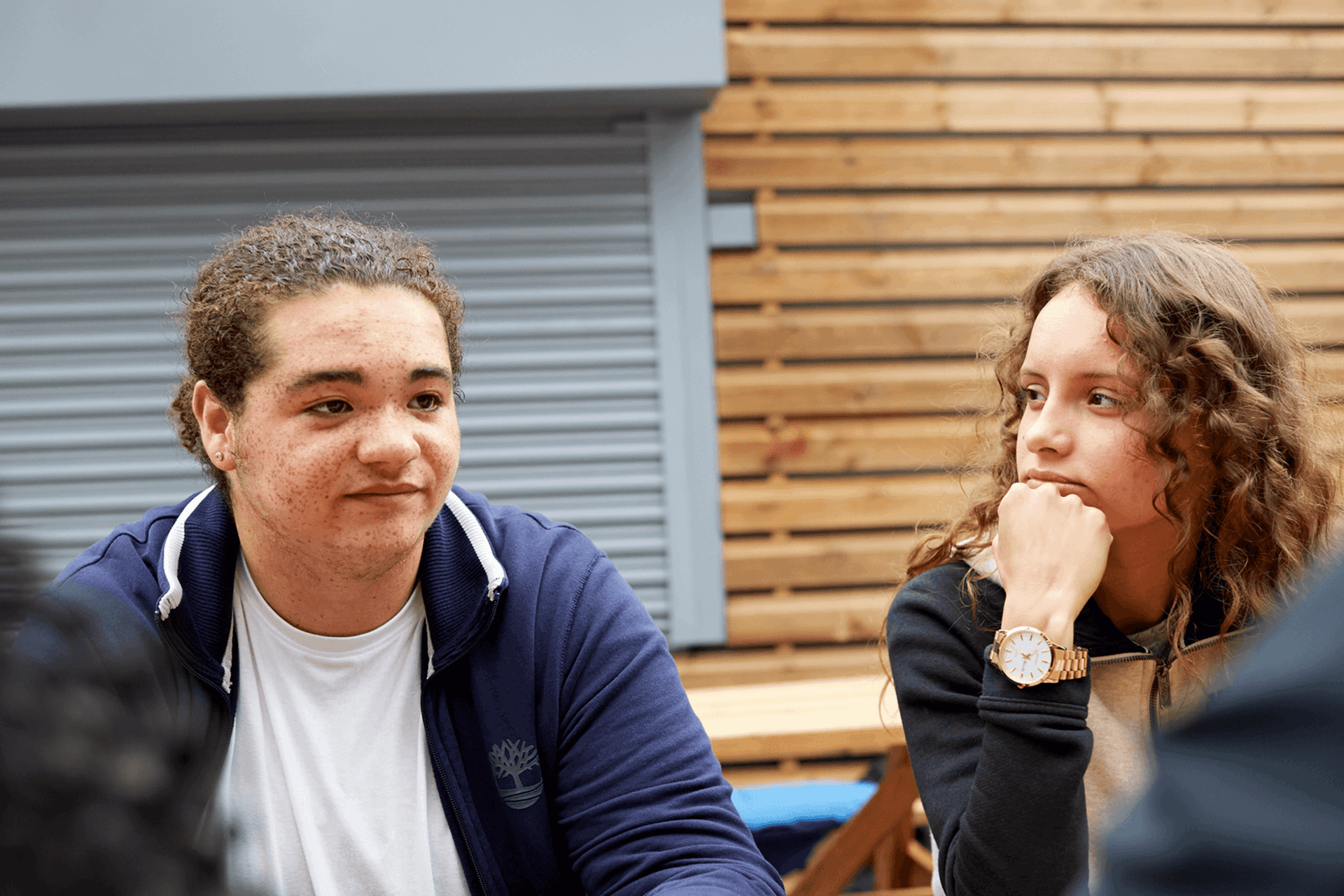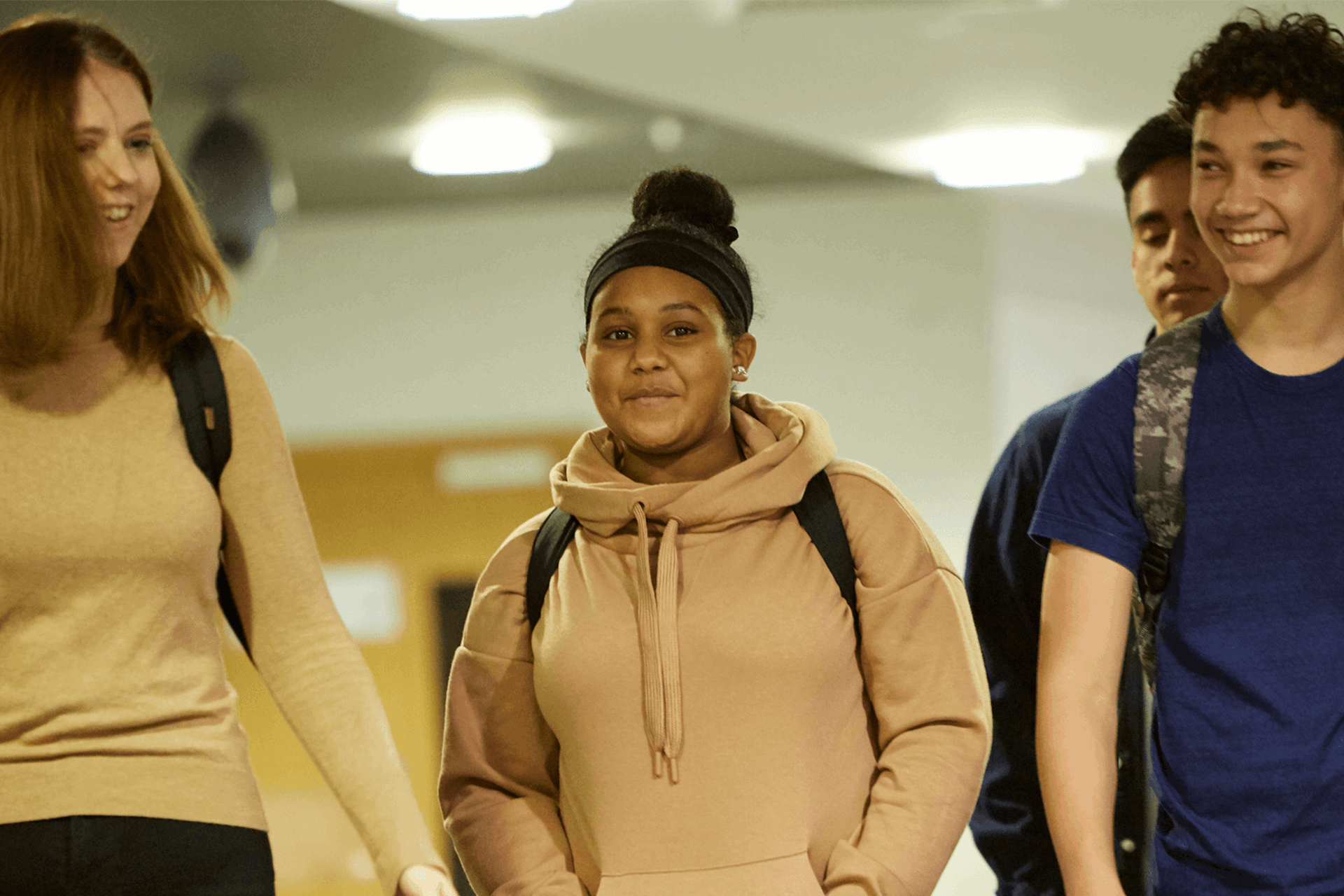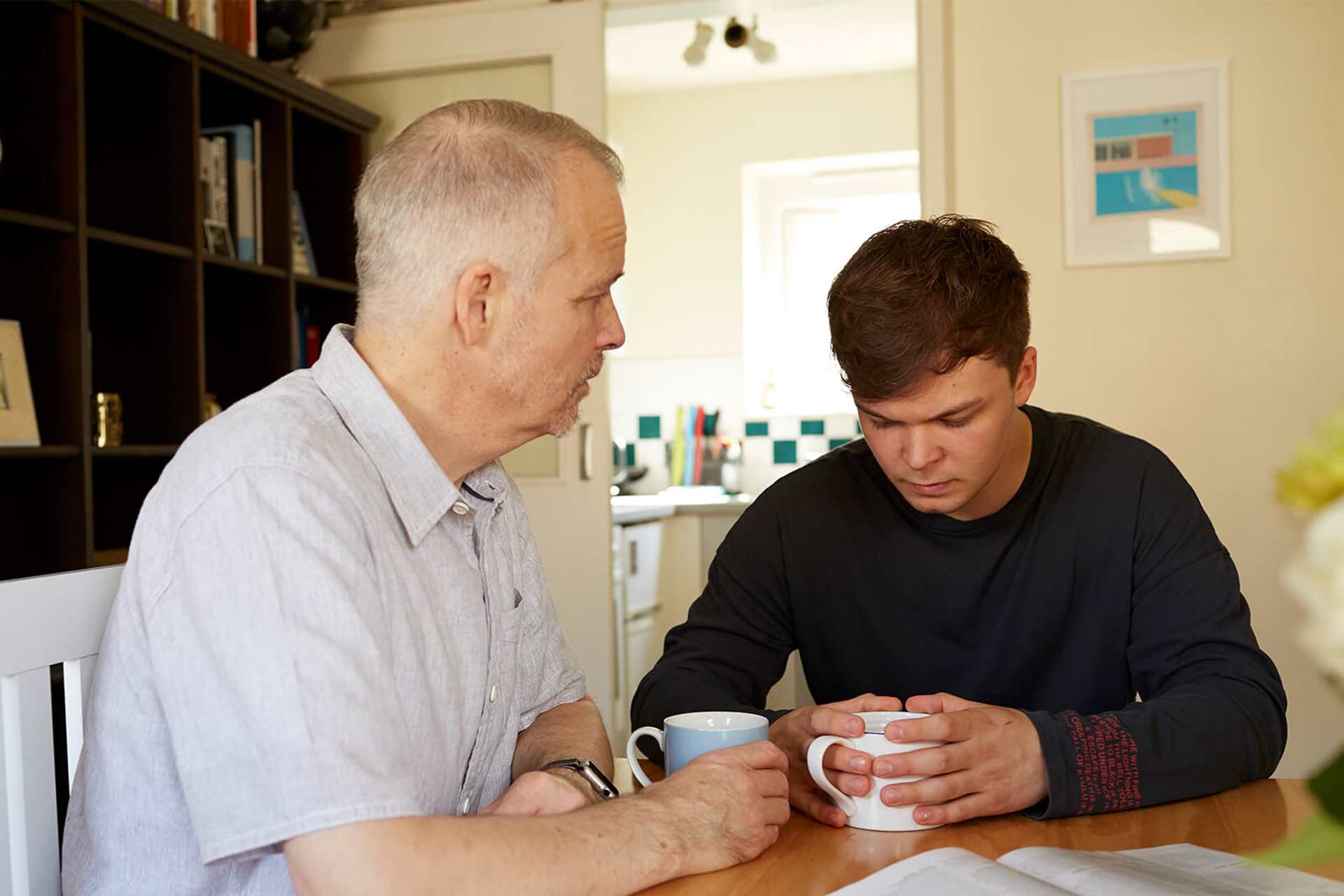Topics mentioned: inpatient care, self-harm, suicidal feelings, psychosis, feeling out of control
About: Oakley, 17, shares his experience of being sectioned under the Mental Health Act, the support he received in hospital, and what happens after Section 136.
This blog contains reference to restraint, self-harm and suicidal thoughts. Please do not read on if you think the content may be triggering for you. If you are currently struggling with your mental health, please visit our find help page for information, advice and guidance on where to get support.
Section 136 says that the police can take you to a safe place and get you assessed by a healthcare professional if they believe you need immediate help for your mental health.
What is Section 136?
Section 136 (sometimes just called S136) is one section of the Mental Health Act, which is the name for the set of laws explaining the rights of people with a mental illness.
Section 136 says that the police can take you to a safe place and get you assessed by a healthcare professional if they believe you need immediate help for your mental health. This means you are held in police custody for your safety.
The Section can last up to 24 hours. It can be extended for 12 hours if the police aren’t able to arrange an assessment within the first 24 hours.
What can lead to a Section 136?
You may be placed under S136 if you are ‘in need of immediate care or control.’ For me I was in a psychotic episode and I was hallucinating. I had self-harmed and was threatening to end my life and potentially other people’s lives too.
The main reason that police might feel there's a need for S136 is if they believe you or someone else is at risk of harm.
Police stayed with me the whole time and my mum came with us. I brought my iPad, phone and comfort teddy. You are allowed to request things to be brought with you.
What happens under Section 136?
If police make the decision to detain you, they may handcuff you if they think it’s necessary. They should always tell you what’s going on.
During my experience of S136, I stepped out of my house and they handcuffed me and said that I was being sectioned under the Mental Health Act with Section 136. I was then brought into my house while they decided where my place of safety was going to be.
What is a place of safety?
There are three different places of safety for S136. These are:
- The house of someone you know and trust – this could be your home or a friend/family member’s.
- A police station – this does not mean you’re being arrested. You will be waiting for assessment.
- A hospital – this is the most common place of safety. This can mean A&E or a psychiatric hospital where they have S136 suites. You will not be put on a ward.
In my experience, I was taken to a psychiatric hospital in an ambulance. Police stayed with me the whole time and my mum came with us. I brought my iPad, phone and comfort teddy. You are allowed to request things to be brought with you.
When we got to the hospital I was taken to a room. It had a mattress on the floor for me, and then sofas for my mum and the police. They had to stay with me at all times. I was allowed to use the toilet, but my mum had to come with me. If she didn’t then the police would have accompanied me. I watched YouTube to keep myself regulated.
Life can be scary and feel out of control, but please always remember that people are there to look after you and keep you safe. It will be okay.
What happens during a mental health assessment?
Under S136 you are assessed to see what sort of help you need. That can be medications, therapy if you’re not already under any, or a hospital stay.
There will be a psychiatrist/doctor. There may be multiple people assessing you who then make a joint decision. They want to keep people out of psychiatric wards, so if they decide you need a stay on one, the decision will not be made lightly.
What happens after Section 136?
The outcomes can be:
- A hospital stay on a psychiatric ward, this will be under another section.
- A safety plan.
CAMHS or other mental health services should become involved if they aren’t already. In my case, they prescribed me medication and sent me home in a taxi. I then had an emergency appointment with my CAMHS worker.
Life can be scary and feel out of control, but please always remember that people are there to look after you and keep you safe. It will be okay.
More information and advice
We have tips and advice to help you find the support you need. Take a look at our guides.
Where to get help
However you're feeling, there are people who can help you if you are struggling. Here are some services that can support you.
-
Papyrus
Offers confidential advice and support for young people struggling with suicidal thoughts, as well as family and friends; and information about how to make a safety plan.
Its helpline service - HOPELINE247 - is available to anybody under the age of 35 experiencing suicidal thoughts, or anybody concerned that a young person could be thinking of suicide.
- Opening times:
- 24/7 every day of the year
-
Samaritans
Whatever you're going through, you can contact the Samaritans for support. N.B. This is a listening service and does not offer advice or intervention.
- Opening times:
- 24/7
-
Calm Harm
A free app providing support and strategies to help you resist or manage the urge to self-harm.
Can be downloaded from Google Play or App Store.
